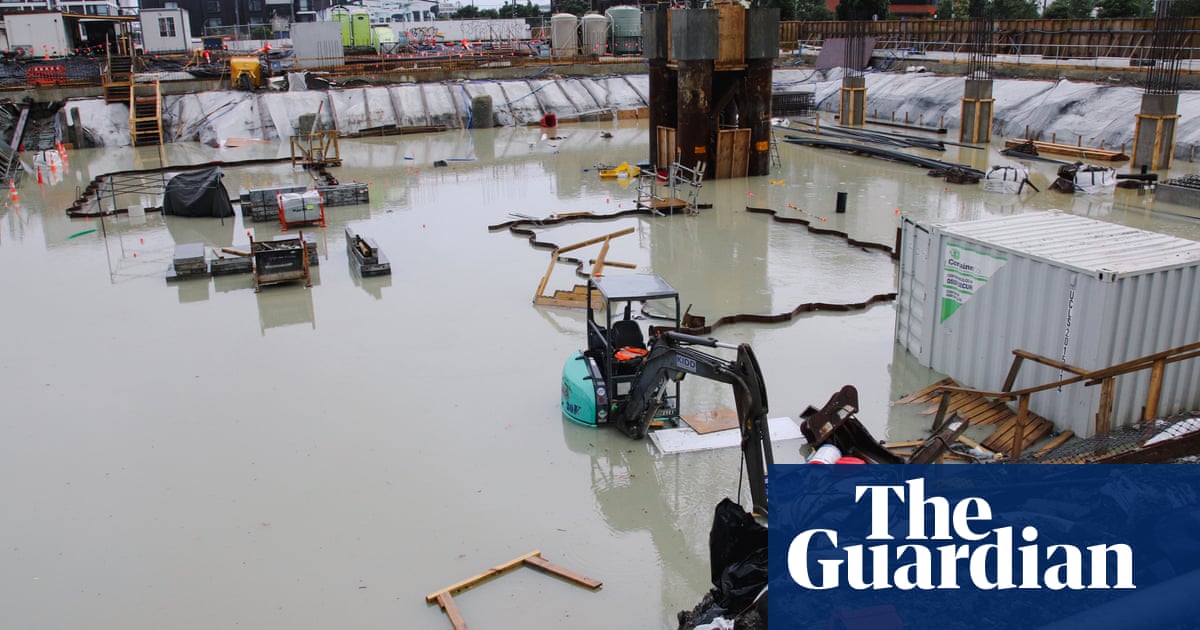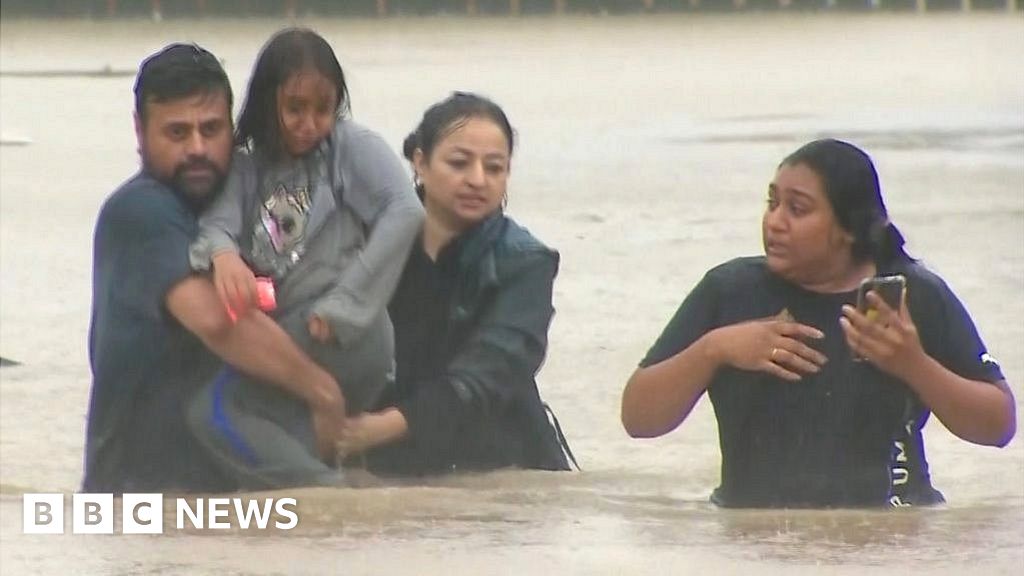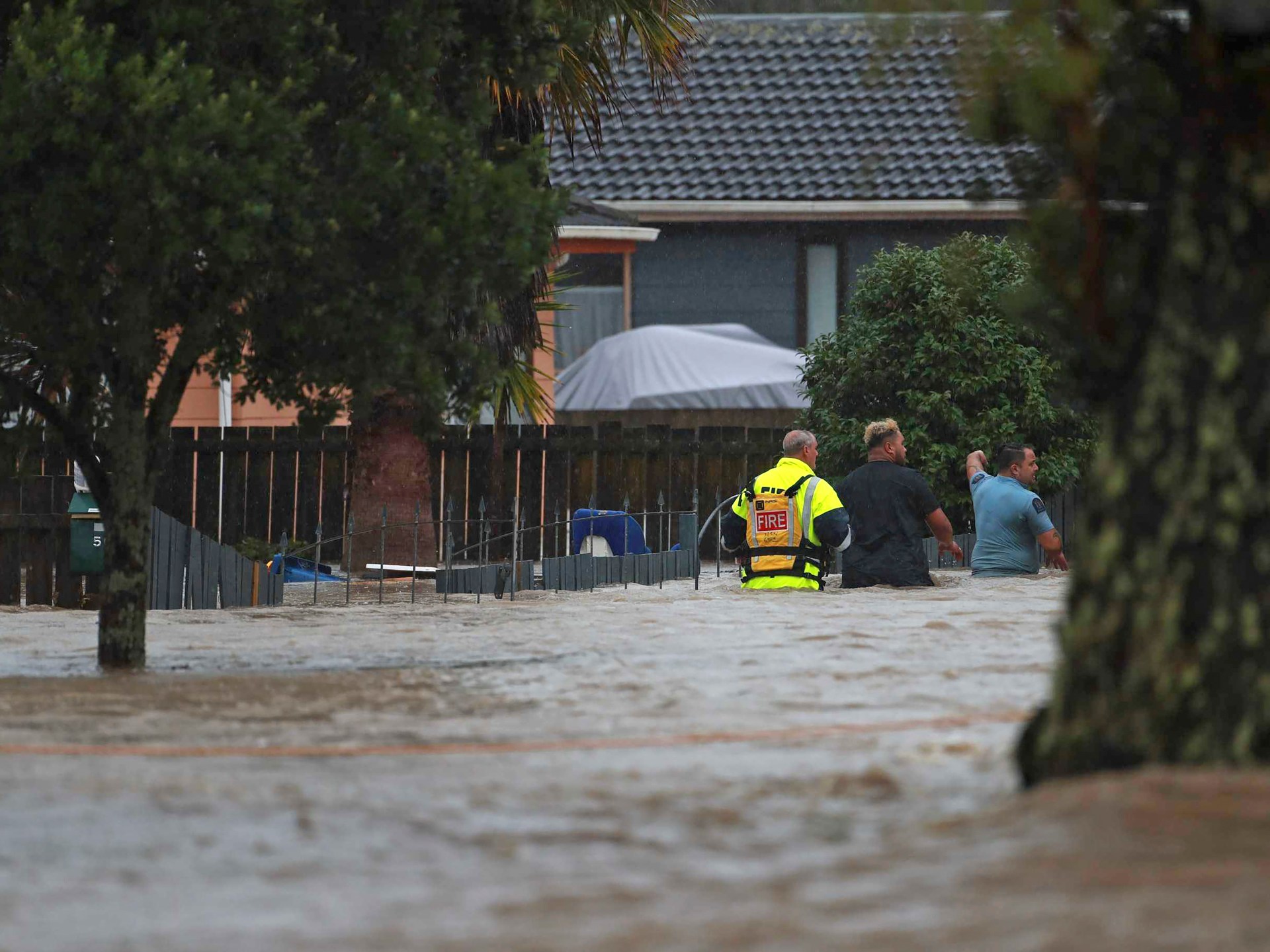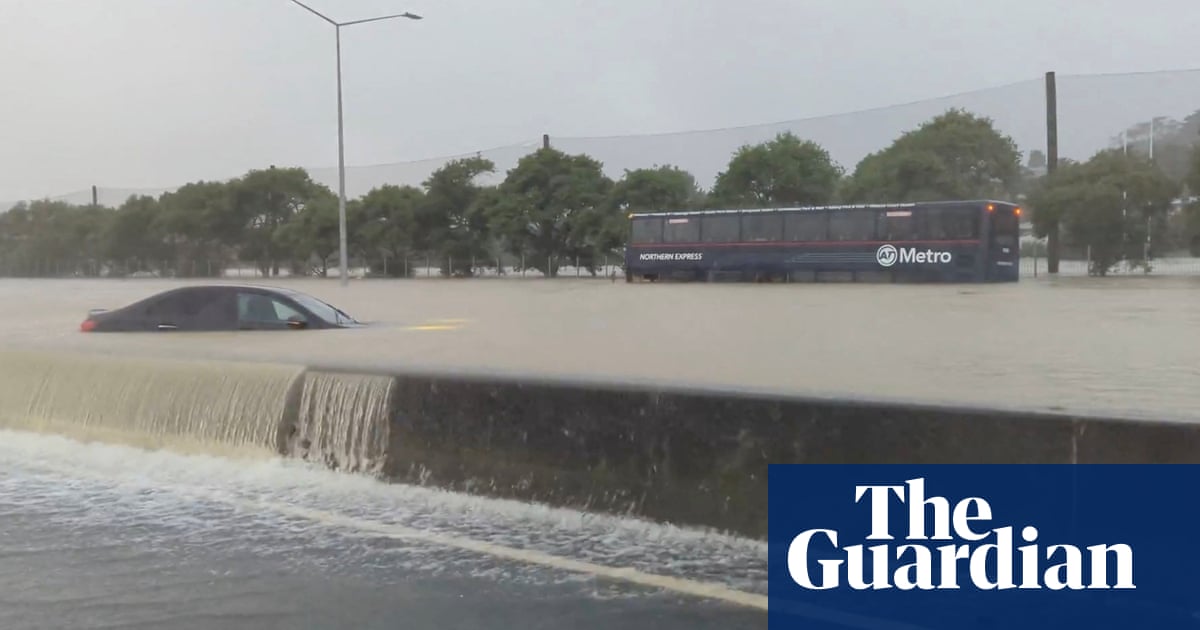New Zealand Braces for Flooding from Second Atmospheric River

The Facts
Residents of New Zealand's largest city, Auckland, are preparing for more heavy rain this week following its worst downpour on record Friday, which left at least four people dead and some 350 in need of emergency accommodation.
Meteorologists have warned of a second "atmospheric river" overnight on Tuesday as rain could amount to 100mm to 200mm (3.9in-7.9in). The Auckland region has received 769% of the average January rainfall and 40% of what the area would normally receive in a full year.
The Spin
Pro-establishment narrative
New Zealand and its people have already seen the carnage that climate change can bring. In response to the frequency and magnitude of these events, New Zealand has released its first national plan designed to protect against climate-catalyzed events. While there is tremendous work to be done, this plan and its framework are a new beginning and a step in the right direction.
Establishment-critical narrative
While plans are a step in the right direction, New Zealand's decades-old stormwater system is outdated and can't handle the climate of today. It's necessary to make "brick and mortar" investments in bigger drains and larger pipes while also creating a more spongy surface environment to reduce catastrophic flood risk. Global warming puts more water vapor in the air, so real construction-based solutions need to begin now.
Narrative C
It's easy to dismiss any extreme weather event as a consequence of climate change, but in reality, they're usually influenced by a myriad of factors that have nothing to do with it. More research is needed before we can establish any direct causal link between the two.











